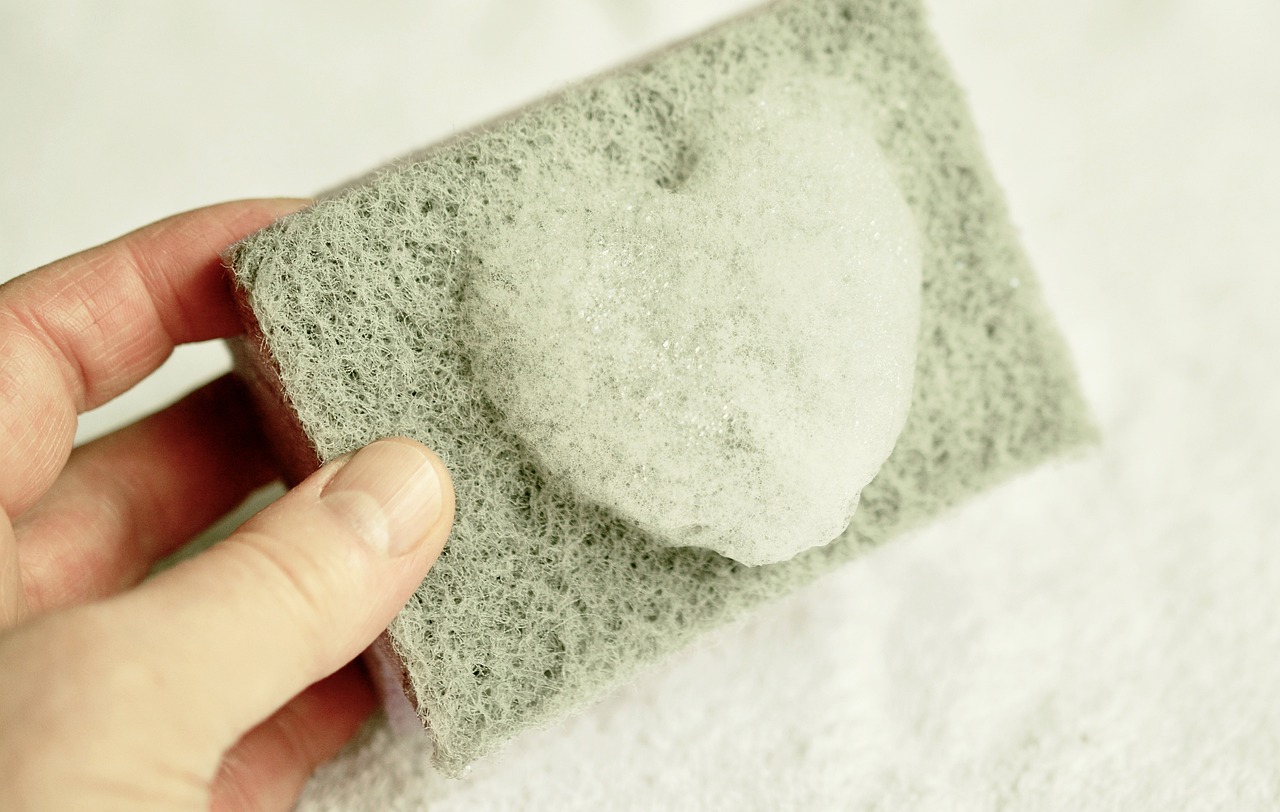
Wine Cabinet Care: How to Maintain and Clean Your Wine Furniture
A wine cabinet is more than just a storage unit for your wine; it’s a statement piece of furniture that adds sophistication to your home while ensuring your wine collection stays in optimal condition. Proper care and maintenance are essential to keep your wine cabinet looking pristine and functioning effectively over time. Whether you have a freestanding wine cabinet or one integrated into your kitchen or living room, regular cleaning and attention to detail will protect your investment and extend its longevity.
In this article, we will explore a complete guide on how to maintain and clean your wine cabinet. From keeping the exterior polished to ensuring the interior is hygienic and well-maintained for wine storage, you’ll find helpful tips and solutions to common maintenance challenges.
Why Wine Cabinet Care is Important
Before diving into the steps of maintaining and cleaning your wine cabinet, it's important to understand why proper care is crucial.
- Preserving Wine Quality: The purpose of a wine cabinet is to store wine in the right conditions. Improper maintenance, such as not cleaning humidity sensors or ignoring mold growth, can affect the internal environment, which may negatively impact the quality of your wine.
- Protecting Your Investment: Wine cabinets are often a significant investment, both financially and aesthetically. Regular care will ensure that your cabinet stays in excellent shape and that its beauty and functionality remain intact.
- Preventing Damage: Dust, moisture, and spills can cause damage to both the exterior and interior of the cabinet. Regular cleaning helps avoid staining, rust, or mold growth, which could damage the structure and shelving.
- Ensuring Longevity: Like any piece of furniture, a wine cabinet will last longer if properly cared for. Maintenance keeps it functioning as intended and preserves its appearance for years to come.
Essential Tools for Wine Cabinet Care
Before starting your maintenance routine, it’s important to gather the necessary tools and supplies. Using the right materials ensures that your cabinet is cleaned effectively without causing damage to the surfaces or internal components.
Here’s a list of tools you’ll need:
- Soft microfiber cloths: Ideal for wiping surfaces without scratching.
- Mild dish soap: A gentle cleaner for general surface cleaning.
- Distilled water: Prevents mineral deposits and spots when wiping down surfaces.
- White vinegar: A natural disinfectant for cleaning and deodorizing.
- Baking soda: Great for absorbing odors and removing stains.
- Non-abrasive sponge: For scrubbing surfaces without scratching.
- Vacuum cleaner with brush attachment: To remove dust from vents and tight spaces.
- Cotton swabs: For cleaning small, hard-to-reach areas.
- Wood polish or conditioner: To keep wooden cabinets shiny and protected.
- Metal polish: For cabinets with metal components or trims.
- Hygrometer: To monitor the humidity levels inside the wine cabinet.
- Dehumidifier (if necessary): To regulate moisture levels in overly humid environments.
Step-by-Step Guide to Cleaning Your Wine Cabinet
1. Empty the Wine Cabinet
Before you begin any cleaning process, remove all wine bottles from the cabinet. Place them in a cool, dark location where they can remain undisturbed while you clean. If your wine cabinet has removable shelves, take them out as well to make cleaning easier.
2. Clean the Exterior
The exterior of your wine cabinet is often exposed to dust, fingerprints, and other environmental factors, making it important to regularly clean and polish the surface.
For Wooden Cabinets:
- Dust the surface using a microfiber cloth to remove any debris.
- Prepare a cleaning solution by mixing mild dish soap with distilled water.
- Dip a cloth into the solution, wring it out, and gently wipe down the exterior of the cabinet.
- Avoid soaking the wood, as too much moisture can cause damage. After wiping, dry the wood with a clean, dry cloth.
- Apply a wood polish or conditioner to restore the natural shine and protect the surface.
For Metal Cabinets:
- Dust the surface first to remove any loose particles.
- Use a non-abrasive sponge and a mild soap solution to clean the surface.
- Dry the metal immediately to prevent rusting or water spots.
- Apply a metal polish for a shiny finish and added protection against corrosion.
3. Clean the Interior
The interior of your wine cabinet plays a crucial role in maintaining the quality of your wine. Dust, dirt, and mold can accumulate if not regularly cleaned, leading to unpleasant odors and an unhygienic storage environment.
Vacuum the Interior:
- Start by vacuuming the inside of the cabinet using a brush attachment. This will remove any dust or debris that has settled in the corners or on the shelves.
Wipe the Shelves:
- If your wine cabinet has removable shelves, take them out and clean them separately.
- Use a cloth dipped in a solution of mild soap and distilled water to wipe down the shelves. For tougher stains, you can use a non-abrasive sponge.
- Allow the shelves to dry completely before placing them back into the cabinet.
Clean the Walls and Corners:
- Wipe down the interior walls, paying close attention to corners and edges where dust or mold may accumulate.
- Use a mixture of white vinegar and distilled water to disinfect the interior and remove any lingering odors. Vinegar is a natural deodorizer and helps keep the cabinet free of mold and mildew.
- For hard-to-reach areas, use cotton swabs to clean tight spaces.
4. Maintain the Humidity and Temperature
Proper temperature and humidity are essential for storing wine. Most wine cabinets are designed to maintain ideal conditions, but regular checks can help you avoid potential problems.
Monitor Humidity Levels:
- Wine cabinets should maintain a humidity level between 60-70%. Too much moisture can lead to mold growth, while too little moisture can dry out corks, leading to oxidized wine.
- Use a hygrometer to monitor the humidity levels inside your wine cabinet. If the humidity is too high, consider using a small dehumidifier to balance the environment.
Check Temperature Settings:
- Wine should be stored at a stable temperature, typically between 45-65°F (7-18°C), depending on the type of wine.
- Make sure the temperature controls on your wine cabinet are working properly, and periodically check to ensure the cabinet is maintaining a consistent temperature.
5. Address Common Wine Cabinet Issues
Maintaining a wine cabinet also involves addressing any issues that may arise over time, such as temperature fluctuations, odors, or malfunctioning components.
Dealing with Odors:
- If you notice any strange smells inside the cabinet, clean the interior thoroughly with a vinegar and water solution.
- To absorb lingering odors, place a small dish of baking soda inside the cabinet for a few days.
Fixing Temperature Fluctuations:
- If your wine cabinet is experiencing inconsistent temperatures, check the thermostat settings and make sure the door seals are tight. Gaps in the seals can cause the temperature to fluctuate.
- If the issue persists, consult the manufacturer or a professional technician to inspect the cabinet’s cooling system.
Handling Mold or Mildew:
- Mold or mildew can develop in wine cabinets due to excessive humidity. Clean the affected areas with a vinegar and water solution, and dry the interior thoroughly.
- If mold continues to be an issue, use a dehumidifier or install better ventilation around the cabinet to regulate moisture levels.
6. Polish and Protect
Once the cleaning process is complete, it’s important to give your wine cabinet a finishing touch with polish or protective solutions.
For Wooden Interiors:
- Use a wood polish or conditioner to maintain the cabinet’s natural luster and protect it from drying out. Avoid using heavy waxes that may leave a residue inside the cabinet.
For Metal Components:
- Apply a metal polish to protect the surface from rust or tarnishing, especially if your wine cabinet has metal racks, handles, or trims.
7. Organize and Restock Your Wine Collection
After cleaning and drying the cabinet, it’s time to restock your wine collection. Take the opportunity to organize the bottles based on type, age, or frequency of use. Proper organization not only helps you find bottles easily but also prevents unnecessary handling, which could disturb the sediment in older wines.
Long-Term Care Tips for Wine Cabinets
To keep your wine cabinet in top condition, follow these additional long-term care tips:
- Regular Cleaning Schedule: Clean the interior and exterior of your wine cabinet at least every 6 months. This prevents dust buildup, mold growth, and stains from accumulating over time.
- Inspect Seals and Hinges: Regularly check the door seals and hinges to ensure they are tight and functioning properly. Loose seals can cause temperature fluctuations and increased energy usage.
- Avoid Overloading the Cabinet: While it may be tempting to fill your wine cabinet to capacity, overcrowding can restrict airflow and hinder the cooling system. Leave some space between bottles to allow for proper ventilation.
- Protect from Sunlight: Ensure your wine cabinet is placed in a cool, dark location away from direct sunlight, as UV rays can affect both the wine and the exterior of the cabinet.
- Monitor Humidity: Keep an eye on humidity levels using a hygrometer, and adjust accordingly with a dehumidifier or by placing a small container of water inside the cabinet if the air becomes too dry.
Conclusion
Maintaining and cleaning your wine cabinet is essential to ensure your wine collection is stored in optimal conditions and your furniture remains in excellent condition. By following the steps outlined in this guide, you can keep your wine cabinet looking pristine, functioning efficiently, and protecting your wine collection for years to come. Regular care, attention to detail, and preventive maintenance will not only extend the life of your wine cabinet but also enhance the enjoyment of your wine.
